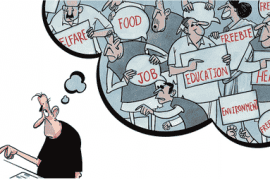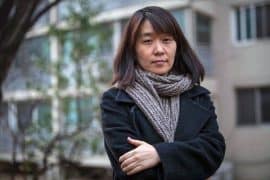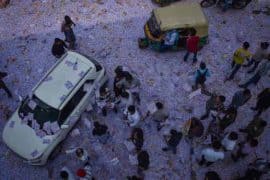A note on how pictures became a form of emotional sustenance during the lockdown.
As someone who avoided mirrors like the plague, I always hated the camera too. Or more accurately, I didn’t like being the subject of its attention. Being captured, memorialized at an unsuspecting angle, mid-action, mid-ordinariness, I hated that. My mouth chewing into a saucy burrito. My curved spine, ugly as a teeming cross-section. Who would want that? Susan Sontag once said that to photograph someone was to violate them, by seeing them as they never see themselves. She termed it a “subliminal murder”, which is admittedly overspent, but you understand the emotion.
Today, the world runs on the idiomatic wisdom of ‘pics or it didn’t happen’. In such an arrangement, I lead more of a non-existence as someone who rarely appears in pictures. I’m the unoccupied space in family pictures, yearbook panoramas, and friends’ selfies. Instead, I live on anecdotal submissions – memories and testaments. I would be lying if I said I did not assume a nip of moral superiority for not relying on the lens. Living in the moment, as it goes. But then sometimes, the moment is gone. You see the world stopping like never before. A global pandemic induces a complete lockdown. Whoosh. Life takes an indefinite halt.
The worst thing about sudden disasters is the successive loss of imagination. A sad person – more often than not – is sad because they cannot imagine an alternate reality, a happier one. Say, a person grieving the death of a lifelong spouse cannot picture a life where they may possibly survive without the missing person. Sometimes, a cue is needed. Two months into the lockdown, I was bent out of shape. Isolation, mitigated by laptop screens and long-distance calls, had taken its toll on me. Then three months passed, four, five, six. Life felt like it had little meaning, and I couldn’t remember if it had any to begin with. It felt like being entombed in a nightmare. A Groundhog Day nightmare. I remembered laughing with my friends on a sunshiny day out on the college campus or the weird joy of riding the Metro; but it was mostly spectral and – after half a year of staying at home – quite unbelievable. A sort of disassociation took over.
Until one day I was bored and decided to filter through my camera roll. Pictures are evidence. Proofs. Testimonials. Archives. And so, I found pictures – relatively commonplace – of my friend sitting in the Ramjas lawns, having his last-ditch try at an overdue assignment, or another close-up of two conjoined masala chais next to the flared end of a Parliament. I felt instantly perked up. There were, as I was happy to find out, many more such ordinary pictures. Accidental shots taken on the Metro; pictures of silhouettes on the concrete walkway; my friends sitting in a spring garden; and more…
Most of these photographs channeled a positive feeling, a friendly hope. They were like curio relics. Museum displays. A thousand hopes, multiplying into the brain. In lockdown, photographs became that very cue (illustrated earlier) for so many people in total isolation. A photograph, however simple, was the reminder of what it once was, and hopefully, what it will eventually return to. It became a source of emotional sustenance, as it had been historically for people alienated during wartime. As 2021 starts, I am beginning to like the camera, and thinking of taking more pictures, just to save them for a rainy day.
You should also read:
Featured Image Credits: Tumblr
Sushrut Yadav




Comments are closed.